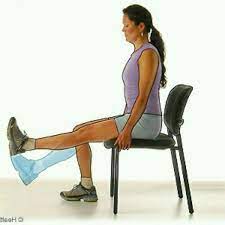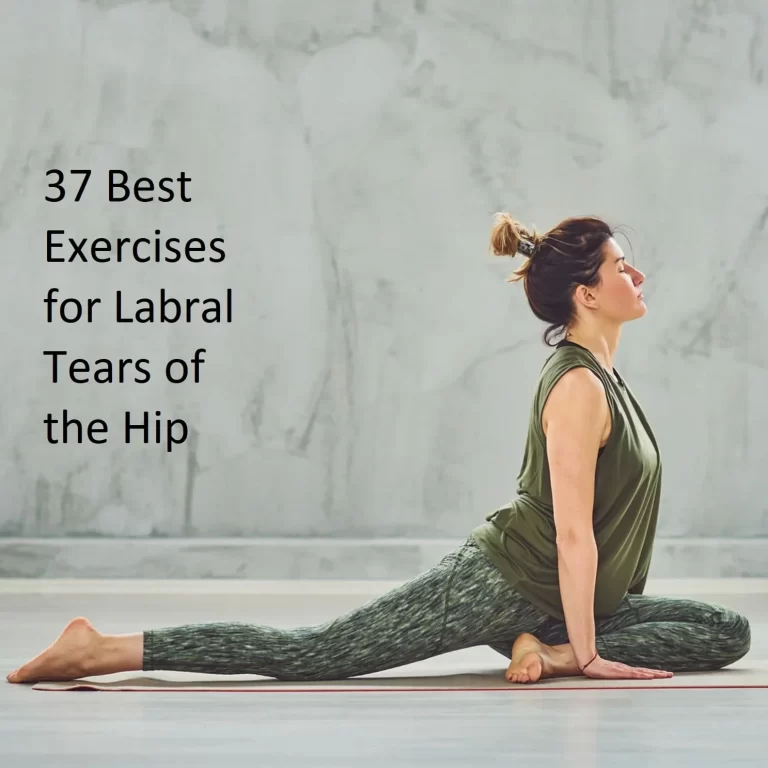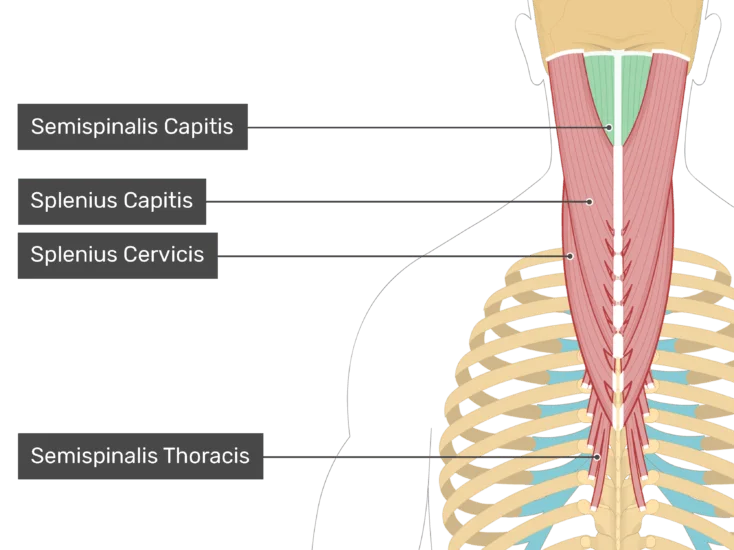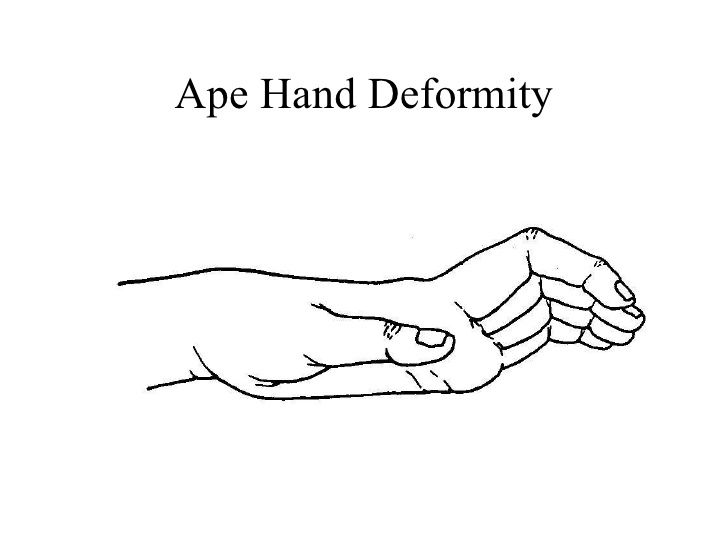Knee-High Sitting Exercise
The knee-high sitting exercise is a simple yet effective exercise that focuses on strengthening the muscles of your lower body, particularly the quadriceps, hamstrings, and glutes.
Table of Contents
Muscle performance
The high-sitting knee exercise primarily targets the Quadriceps, core, glutes, and hip flexors. The core muscles are engaged throughout the exercise to maintain proper posture and stability. The glutes are activated as the leg is lifted towards the chest, and the hip flexors are stretched and strengthened as they work to lift the leg.
Performing this exercise regularly can improve muscle endurance and strength in these areas, leading to better posture, balance, and overall physical performance. It can also help prevent lower back pain by strengthening the core muscles that support the spine.
Types of Knee-High Sitting Exercise
There are several variations of the high-sitting knee exercise that target different muscle groups and provide different levels of intensity. Here are some of the most common examples of knee-high sitting exercises:
- Basic High Sitting Knee: This exercise involves sitting on a bench or chair with your feet flat on the ground and your hands resting on the sides of the bench. Lift one knee towards your chest while keeping your back straight and core engaged. Lower the leg back down and do it again with the other leg.
- Weighted High Sitting Knee: To increase the intensity of the exercise, you can hold a weight in your hands while lifting your knee towards your chest. This can be a dumbbell, kettlebell, or even a water bottle.
- High Sitting Knee with Twist: This variation adds a rotational element to the exercise, targeting the obliques. Sit on a bench with your feet flat on the ground and your hands behind your head. Lift one knee towards your chest and twist your torso towards that knee. Lower the leg back down and do it again on the other side.
- High Sitting Knee with Leg Extension: This variation targets the quadriceps and hip flexors. Sit on a bench with your feet flat on the ground and your hands resting on the sides of the bench. Lift one knee towards your chest and extend that leg out in front of you. Lower the leg back down and do it again on the other side.
- High Sitting Knee with Resistance Band: Using a resistance band around your ankles can add resistance to the exercise, targeting the outer thighs and glutes. Sit on a bench with your feet flat on the ground and place a resistance band around your ankles. Lift one knee towards your chest while keeping tension on the band. Lower the leg back down and do it again on the other side.
By incorporating these variations into your workout routine, you can target different muscle groups and increase the intensity of the high-sitting knee exercise.
How to perform?
The high-sitting knee exercise is a simple yet effective exercise that targets the core, glutes, and hip flexors. Here’s how to perform this exercise:
- Sit on a chair or bench with your back straight and feet flat on the ground. Your knees have to be bent at a 90-degree angle.
- Engage your core muscles and lift one knee towards your chest, keeping your foot flat on the ground.
- maintain this position for some seconds, then let down your foot back to the surface.
- Repeat on the other side, lifting your opposite knee towards your chest and holding for a few seconds before lowering it back down.
- Continue alternating legs for several repetitions, making sure to keep your back straight and your core engaged throughout the exercise.
Tips for Proper Form:
- Make sure to sit up straight and avoid slouching or leaning forward.
- maintain your feet flat on the surface and your knees bent at a 90-degree angle.
- your core muscles should take part in the exercise to keep safe your lower back.
- Lift your knee towards your chest without lifting your foot off the ground.
- maintain the posture for some seconds before lowering your foot back to the surface.
- Breathe deeply and rhythmically throughout the exercise, inhaling as you lift your knee and exhaling as you lower it back down.
- Start with a few repetitions and gradually increase the number over time as your muscles adapt to the exercise.
Benefits of Knee-High Sitting Exercise
The high-sitting knee exercise is a beneficial exercise that targets multiple muscle groups in the body. Here are some of the specific benefits of this exercise:
- Strengthens the Core Muscles: The core muscles, including the abdominals, back muscles, and hip muscles, are crucial for maintaining proper posture and stability. The high-sitting knee exercise engages these muscles throughout the movement, helping to strengthen them and improve overall core strength.
- Increases Hip Flexibility: Tight hip flexors can lead to lower back pain and other issues. The high-sitting knee exercise involves lifting the knee towards the chest, which stretches and strengthens the hip flexors. Over time, this can increase hip flexibility and reduce the risk of injury.
- Tones the Glutes: The glutes are one of the largest muscle groups in the body, and they play a key role in many movements, including walking, running, and jumping. The high-sitting knee exercise targets the glutes as you lift your leg toward your chest, helping to tone and strengthen them.
- Improves Balance and Coordination: The high-sitting knee exercise requires balance and coordination, as you must maintain stability while lifting your leg. Regularly performing this exercise can improve your overall balance and coordination, which can translate to better performance in other activities.
- Helps Prevent Lower Back Pain: Weak core muscles can contribute to lower back pain. By strengthening the core muscles with exercises like the high sitting knee exercise, you can help prevent or alleviate lower back pain.
Overall, the high-sitting knee exercise is a versatile exercise that can benefit many different aspects of physical fitness. Incorporating this exercise into your workout routine can help improve strength, flexibility, balance, and overall physical performance.
Precautions
While high-sitting knee exercise has many benefits, it is important to take certain precautions to avoid injury. Here are some points to note:
- Warm-up: Before starting any exercise, it is important to warm up your muscles to prevent injury. A good warm-up can include light cardio, such as jogging or jumping jacks, and dynamic stretches that focus on the muscles you will be using during the exercise.
- Start Slowly: If you are new to the high-sitting knee exercise, start slowly and gradually increase the intensity and duration of the exercise over time. This will help to reduce the risk of muscle strain and some other injuries.
- Maintain Proper Form: Proper form is crucial for getting the most benefit from exercise and avoiding injury. Keep your back straight, engage your core muscles, and lift your knee towards your chest in a controlled manner.
- Avoid Overexertion: Do not push yourself too hard, especially if you feel pain or discomfort. make sure to take enough breaks as necessary and listen to your body.
- Consider Modifications: If you have any existing injuries or conditions that make it difficult to perform the high-sitting knee exercise, consider modifying the exercise or working with a trainer or physical therapist to find alternative exercises that are safe for you.
By following these precautions and taking care of your body, you can safely and effectively incorporate the high-sitting knee exercise into your workout routine.
FAQ
Knee high-sitting exercise is a low-impact workout that involves sitting on a chair or bench and lifting your knees up to hip level.
Knee-high sitting exercise is suitable for people of all fitness levels, including seniors and those with limited mobility.
You can do knee-high sitting exercises daily or every other day for the best results.
Yes, you can increase the number of repetitions or add ankle weights to make the exercise more challenging.




